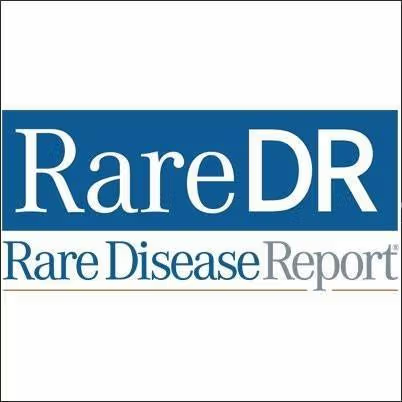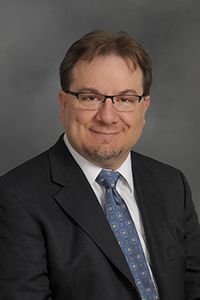Article
FDA Approves LivaNova Epilepsy Device
Author(s):
SenTiva is capable of detecting and responding to seizures in patients — before they even begin.

The vagus nerve stimulation (VNS) Therapy System has been given supplemental US Food and Drug Administration (FDA) approvals for an implantable generator and programming system.
VNS Therapy, a partial onset seizure device created by LivaNova PLC, was approved by the FDA for drug-resistant epilepsy treatment in patients as young as 4 years old in June. The SenTiva responsive therapy generator and its accompanying programming system only strengthens the capacity of the therapy.
SenTiva is capable of detecting and responding to seizures in patients before they begin, while its programming system keeps an accessible log of data of seizure-associated events in the body.
The excitement surrounding SenTiva’s approval is its “far more robust capabilities” that are customizable for both physicians and patients, LivaNova president Jason Richey told MD Magazine.
Richey said the therapy device focuses on 3 key elements: its utility for both patients and doctors, its improvement of patient care and outcome from episodes, and its service as a cost-effective treatment.
“We think will be a game changer in how it’s utilized in physicians’ practices,” Richey said.
LivaNova is most invested in providing treatment for patients with epilepsy who are resistant to common medications, which Richey said makes up about one-third of all epilepsy patients. The SenTiva device is also compact and usable for pediatric patients, who may have a more difficult plight with epilepsy if diagnosed at a young age.
“Epilepsy usually occurs early in life and worsens over time,” Richey said. “We feel quite optimistic in improving clinical outcomes if it can be treated early.”
A Center of Disease Control & Prevention (CDC) report from August found that the US adult epilepsy patient population increased at least 30% in 5 years since 2010. It was marked at about 3 million patients in 2015, the highest it has ever been.
Thought intracranial surgery or invasive therapy is obviously not the preferred method of care, Richey acknowledged that their goal is to treat the patients who are not suitable for such measures of treatments.
Though VNS Therapy, SenTiva and its system are big steps forward for LivaNova, Richey expressed desire for improvements. He wants to see SenTiva’s features enhanced, eventually running it through a wireless system that has Bluetooth connection to the device.
From there, the device and its data log could be accessed with smart technology and apps by both physicians and patients. Analysis could only help to serve the future problems epilepsy can bring.
“Data really drives the way we make decisions and how we define how the treatments are working,” Richey said.





